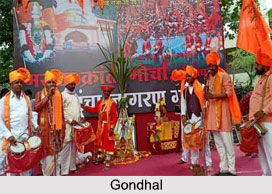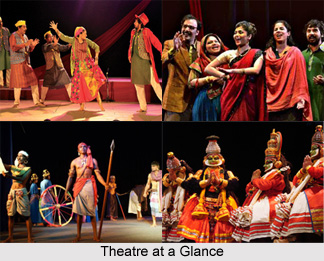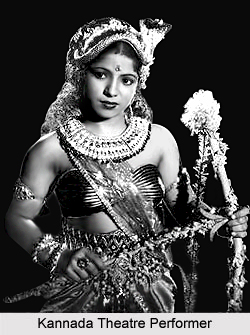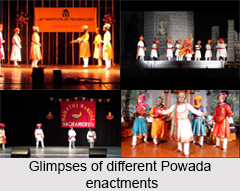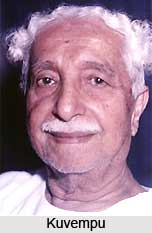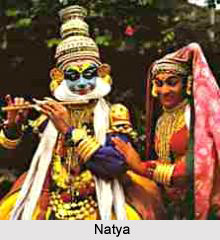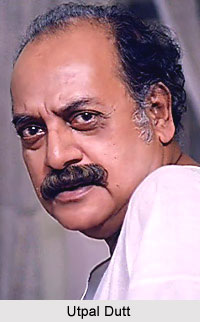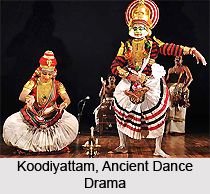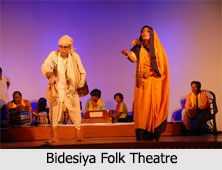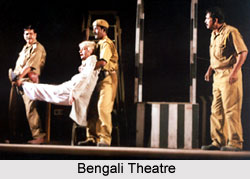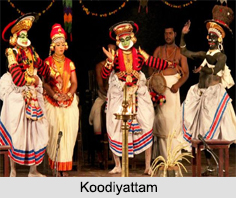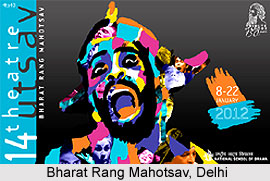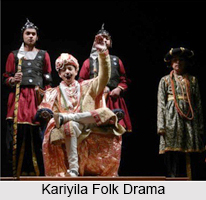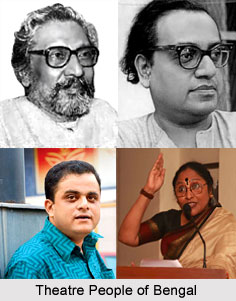 Modern Hindi theatre can be traced back to the 1850 during the period of Bharatendu Hariscandra. The beginning of modern Hindi theatre can be traced back to Bharatendu Hariscandra. To him, drama was the most suitable literary genre for the promotion of his reformatory ideas because of its entertaining potential and power to attract large masses of people, influencing them in an immediate way. That is why he invested all the eighteen plays he wrote with his nationalistic and reformatory views. In order to be more convincing, he rendered them realistic in form, thus deviating from the tradition of the Parsi theatre.
Modern Hindi theatre can be traced back to the 1850 during the period of Bharatendu Hariscandra. The beginning of modern Hindi theatre can be traced back to Bharatendu Hariscandra. To him, drama was the most suitable literary genre for the promotion of his reformatory ideas because of its entertaining potential and power to attract large masses of people, influencing them in an immediate way. That is why he invested all the eighteen plays he wrote with his nationalistic and reformatory views. In order to be more convincing, he rendered them realistic in form, thus deviating from the tradition of the Parsi theatre.
His satirical play Andher Nagari (The Lawless State), 1881, exposes the stupidity and absurdity of a society where everything can be bought for one taka (a copper coin, worth half and anna). The ascetic Gobardhan Das is happy to have found a place where he can get everything so cheap. In scene three, he does not listen to the wise words of his mahant (head priest of a temple) that this is a dangerous city, which he should leave immediately. The following fourth scene is a parody of the justice practised by the imbecile King Caupatt. A subject`s goat has died because a door has fallen and has pressed the animal down, causing its death. Trying to find the guilty one, the king questions the carpenter who has provided the wood, the worker who has built the door and so on. Finally the police officer in charge is found guilty for a very absurd reason and has to be hanged as a compensation for the death of the plaintiff`s goat. However, the final fifth scene shows the infantry men coming over to the ascetic Gobardhan Das in order to arrest him and hang him in the place of the police officer.
It turns out that the man who was found guilty happened to be so thin that he did not fit into the loop of the rope, so they had to find somebody who was fat enough for it. The only person who could fit in was the ascetic, so he had to be hanged. The mahant manages to save his disciple at the last moment by professing a desire to be hanged in his place. When asked the reason, he explains that the one who is hanged will immediately go to heaven. Thereupon everybody wants to be hanged in the place of the ascetic. The king, who has the supreme authority, reserves this privilege for himself alone and gets hanged. The dramatist implies that a society that tolerates a lawless state and has no ideals or values is inevitably doomed to fail. Thus, Andher Nagari was a powerful and transparent satire of Bharatendu`s time.
In order to communicate his ideas, Bharatendu had to break with the form of the plays of Sanskrit theatre. He changed it entirely and created new genres for modern Hindi drama, e.g. the historical, satirical, and lyrical play. His dramaturgical technique and the realistic characterization of the dramatic figures were innovative for modern Hindi drama. They were possible under the influence of the Bengali plays and English plays, with which Bharatendu was well acquainted and which he translated into Hindi language.
